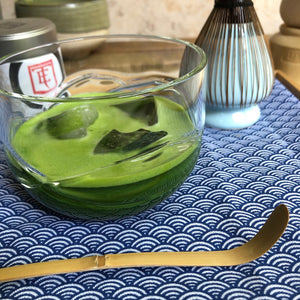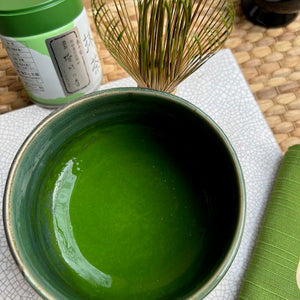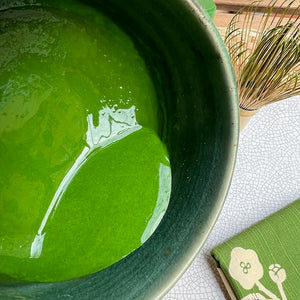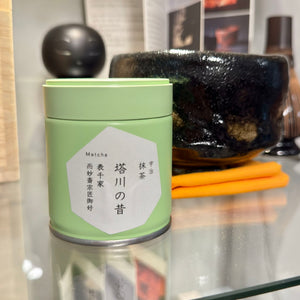
Matcha Togawa no mukashi
Tax included
Shipping calculated at checkout
Out of stock
Pickup currently unavailable
Togawa no Mukashi – Matcha (premium, ceremonial quality)
A silky, full cup of umami and lingering sweetness: Togawa no Mukashi is an everyday tea feast. A vibrant green color, velvety texture and a refined, clean character – for both koicha and usucha.
Togawa no Mukashi is a special, high-quality matcha that can also be enjoyed as koicha , harvested from the Togawa Valley, an ancient, historic part of Shichimeien (七名園) . Shichimeien – the seven famous tea gardens of Uji – is the spiritual home of the Japanese tea ceremony, where the noble lineage of tea plants and the mastery of processing have been preserved for centuries.
Detailed description (origin, processing)
It is made from finely shaded leaves: after picking, steaming , drying and veining (tencha), then finely grinding in a stone mill . The shading concentrates the umami and color, and the slow grinding preserves the aromas – this makes the cup creamy and vibrant.
Taste experience
The first sip is soft and creamy; sea-sweet umami, fresh, green notes in the middle (steamed leafy greens, young almonds), a delicate cocoa-nutty nuance in the finish and a long sweet aftertaste.
Flavor profile – broken down
- Aroma: fresh, algae-green; almond-sweet, delicately floral.
- Taste: full umami, soft sweetness, restrained bitterness.
- Texture: velvety, creamy “foam feel”.
- Aftertaste: clean, long, sweetly green.
Preparation – 3 ways
Usucha ('thin')
- Servings: 1.5–2 g (≈ 2 chashaku) matcha + 60–70 ml water
- Water temperature: 70–80 °C
- Technique: sieve; froth in a preheated chawan using W-shaped, quick chasen movements for 15–20 seconds.
Koicha ('dense')
- Serving size: 3.5–4 g matcha + 30–40 ml water
- Water temperature: 70–80 °C
- Technique: sieve; slow, circular blending until smooth (do not foam) – deep, creamy umami.
Recommended tools: chawan (cup), chasen (bamboo whisk), chashaku (spoon), fine sieve.
Water & quality
- Water: soft, low in minerals.
- Temperature: 70–80 °C – water that is too hot will burn the flavors.
- Sifting: before every preparation – this will make it smooth and lump-free.
Storage
- After opening, keep tightly closed, in a cool, dark place (preferably in the refrigerator); away from moisture.
- For best freshness, consume within 4-8 weeks.
- Always dispense with a clean, dry tool.
Why do we love it?
- Balanced “mukashi” character: deep umami + long sweet cup.
- Vibrant color, velvety texture, flawless foam.
- Flexible: full enough for koicha, pleasantly soft for usucha.

Personal contact
Our teas don't come from wholesale warehouses or unknown sources. We travel to the small producers we source from – whether it's a Japanese family tea garden, a Chinese mountain village or an oolong maker in Taiwan.
Stories
We meet them in person, learn their story, see how they care for their plants, and how they process the fresh leaves.
These experiences are the soul of our teas. This way, not only is the quality guaranteed, but also the fact that behind each cup there is a real person, a real story.
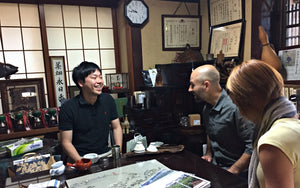

Direct
This direct relationship is valuable to us. Not only because of the excellent tea, but because we believe that trust, respect and personal presence are what make the tea drinking experience truly special.
Teavolution Tea Blog
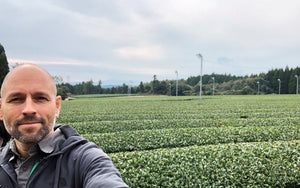
Oct 2, 2025
Sencha tea
Read more

Sep 21, 2025
Matcha hiány Japánban
Read more
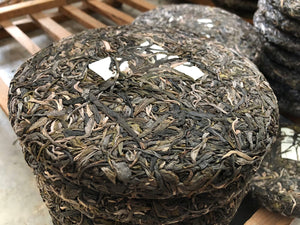
Mar 18, 2025
Puer tea, puerh or pu-erh
Read more
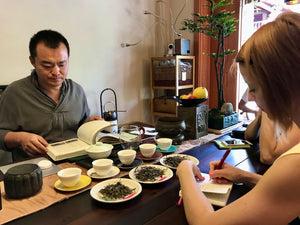
Mar 18, 2025
Types of tea
Read more
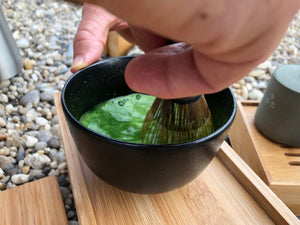
Mar 18, 2025
What is matcha tea?
Read more

Mar 18, 2025
Oolong tea (Wulong tea)
Read more

